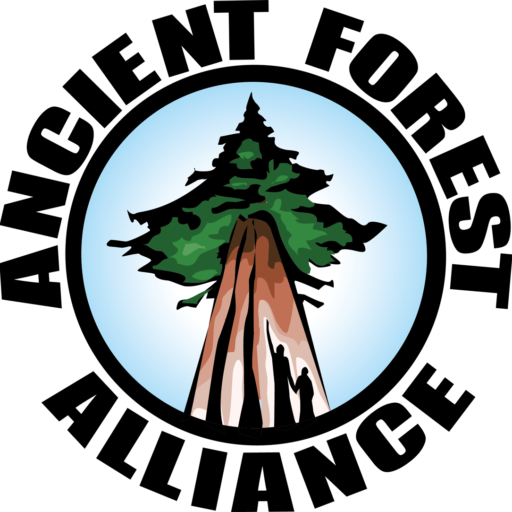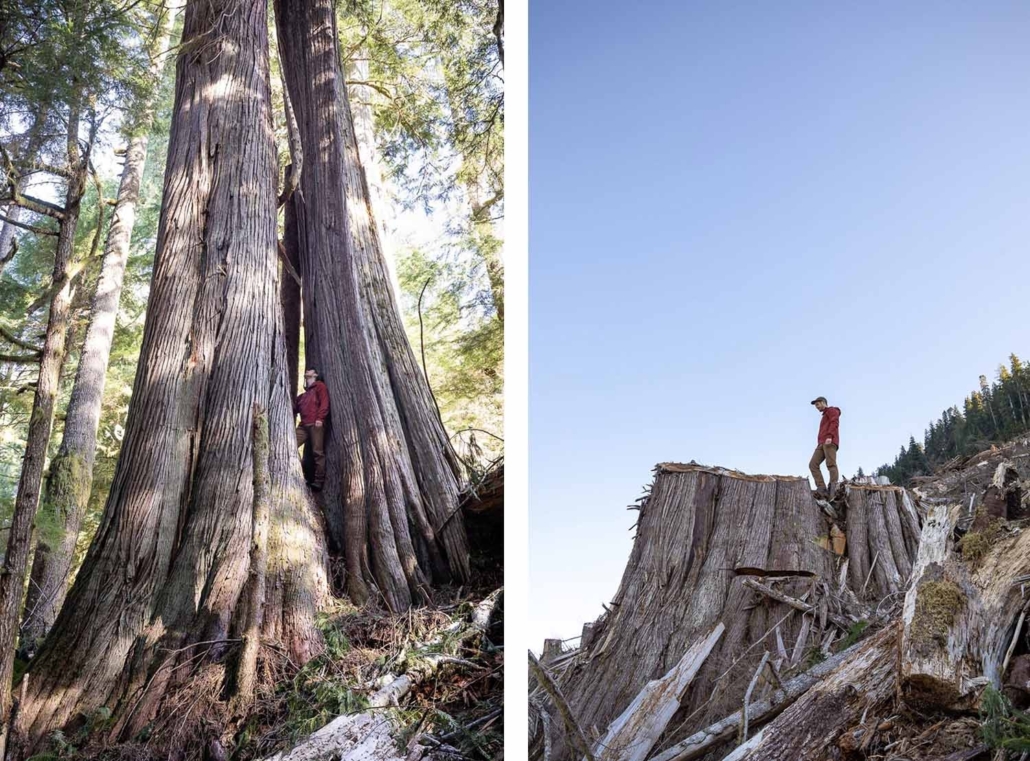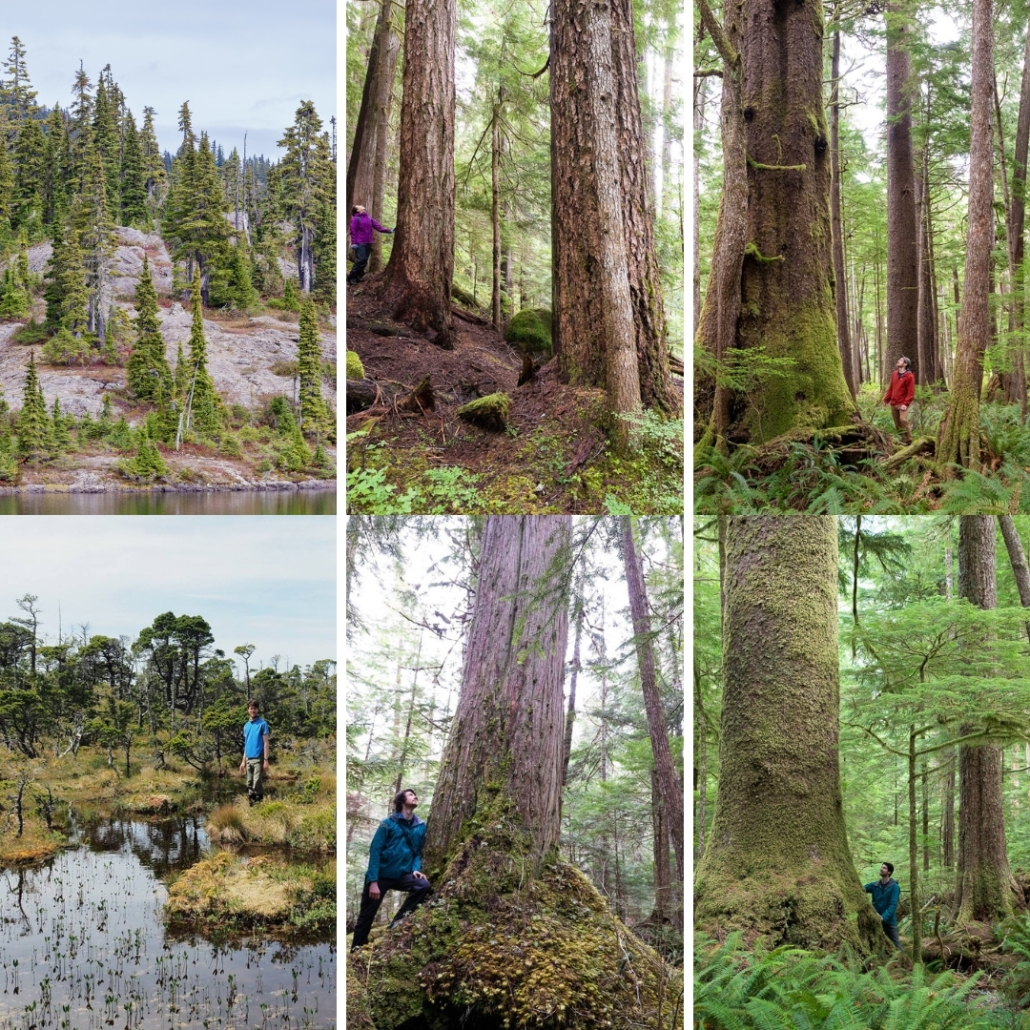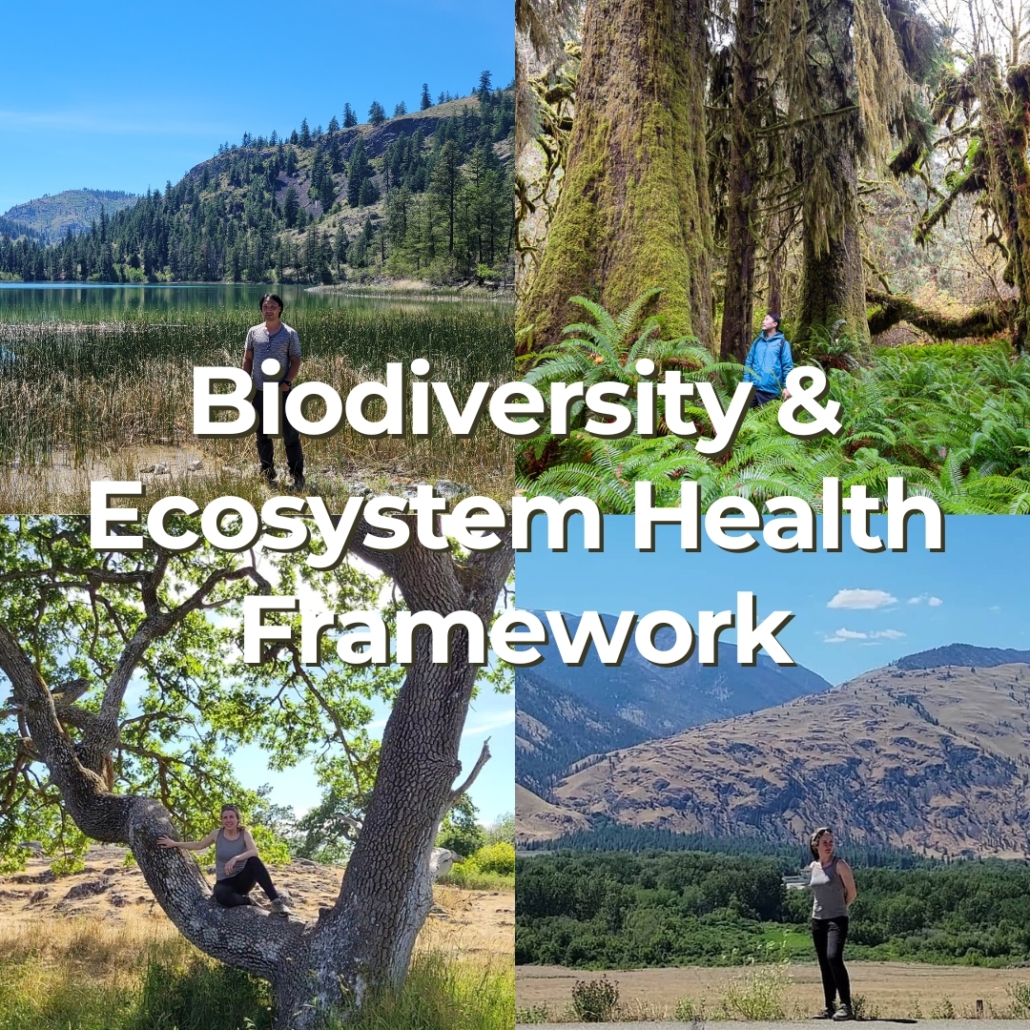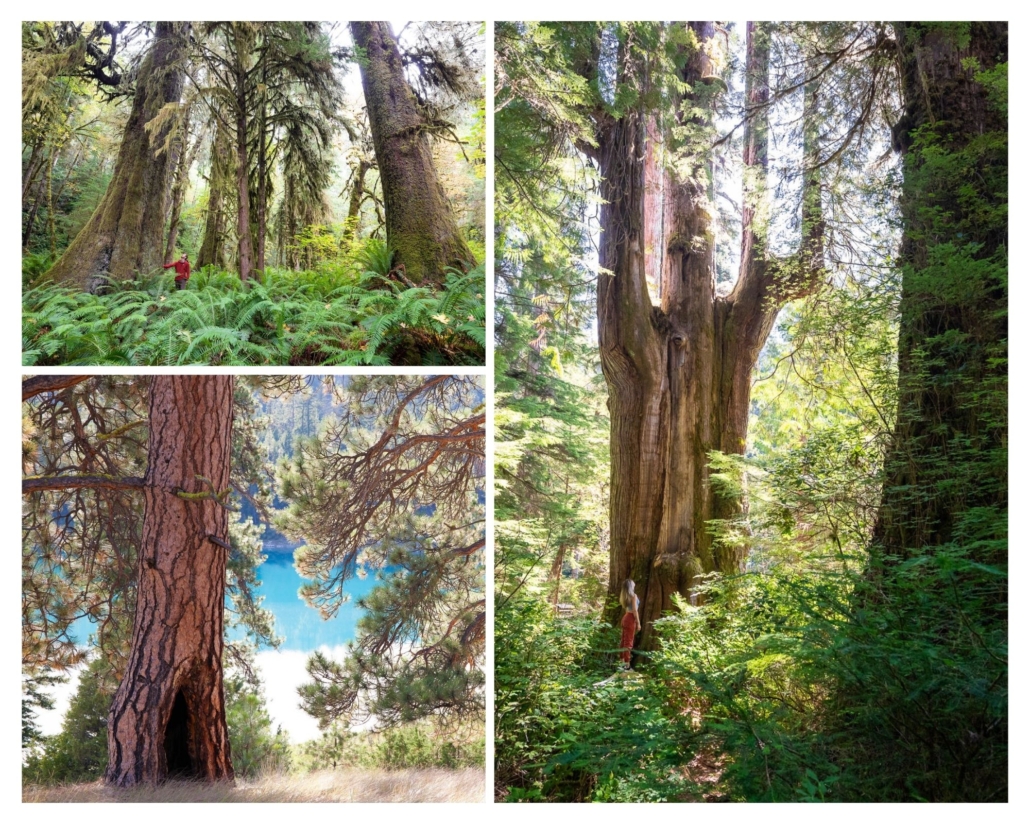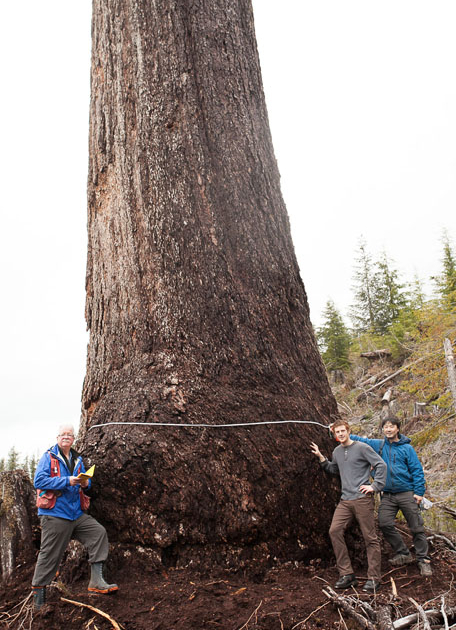 Sep 19 2016
Sep 19 2016Action Alert: Speak up for Ancient Forests to the Union of BC Municipalities (UBCM)!
- The UBCM should introduce the resolution calling on the province to protect Vancouver Island’s old-growth forests, which has already been passed by the Association of Vancouver Island and Coastal Communities (AVICC).
- Vancouver Island’s old-growth forests are not just a regional issue, but are of provincial significance. They are globally renowned for their beauty and grandeur, and generate vast amounts of revenues into the provincial economy as tourists from around the world come to visit them. After the US redwoods they are the grandest forests on Earth!
- Old-growth forests are important for supporting endangered species, tourism, recreation, climate stability, clean water, wild salmon, and many First Nations cultures. They are a non-renewable resource under BC’s system of forestry, where second-growth stands are slated for logging every 50 to 80 years, never to become old-growth again.
- The old 1994 Vancouver Island Land Use Plan needs to be updated, as it only protected about 6% of Vancouver Island’s productive old-growth forests in parks, it did not factor in climate change, and unlike the Great Bear Rainforest agreement, it did not include any significant ecological science nor First Nations input. Existing protection levels are inadequate to sustain species at risk and many other values.
- Of 2 million hectares of productive old-growth forests originally on Vancouver Island, only about 500,000 hectares remain. The BC government’s old-growth statistics are highly misleading, intended to make it seem like a large fraction of old-growth forests still remain and are protected. They include vast tracts of low productivity bog and subalpine forests with stunted trees of little commercial value in their old-growth stats, while they exclude 800,000 hectares of largely-logged private forest lands from the original extent of old-growth forests. Muc of these private lands were managed by the BC government with the same regulations as Crown lands, until they were deregulated in recent years.
